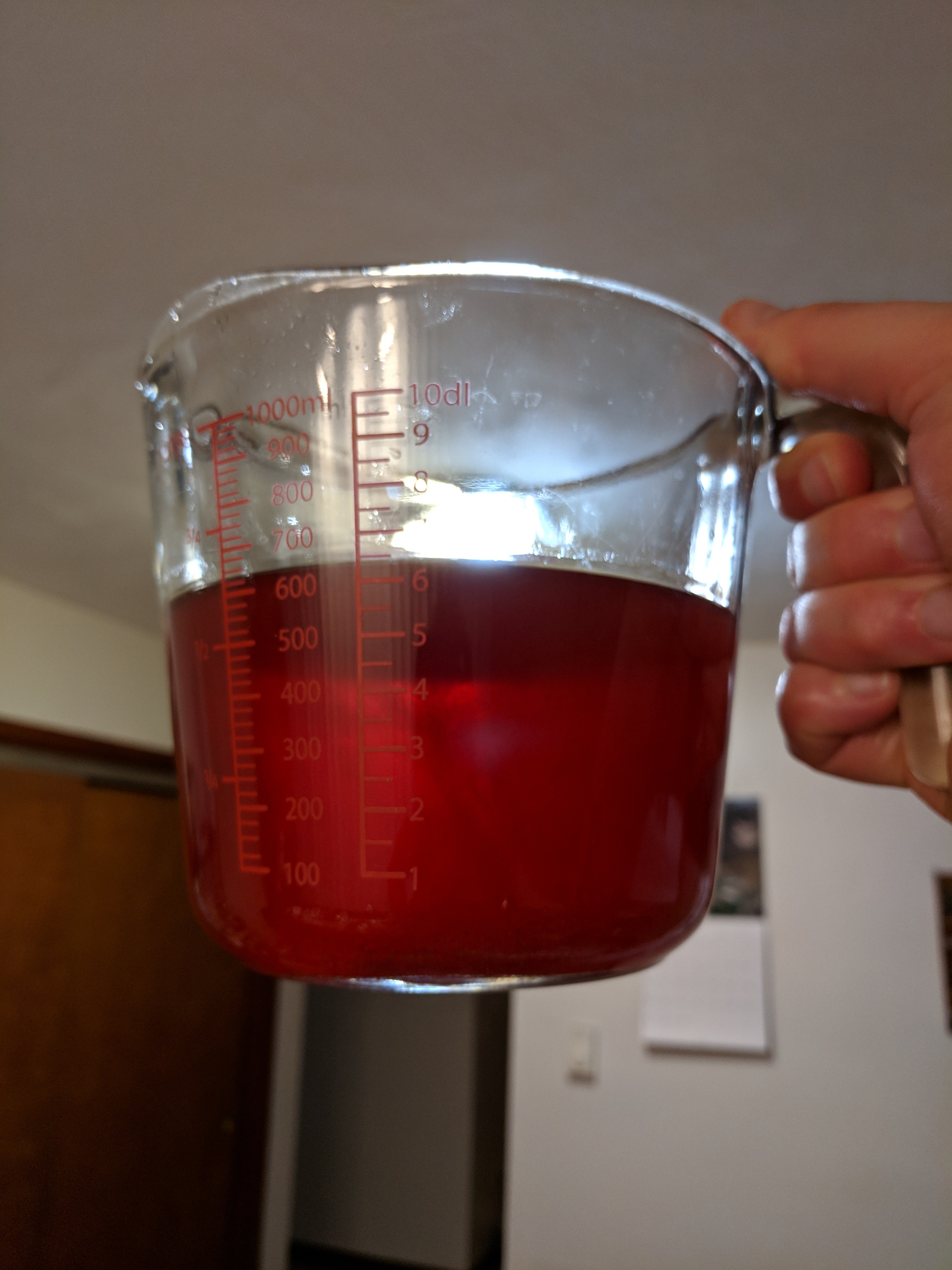On infusing oils
***** First published April 12, 2019 *****
Wherever the art of medicine is loved, there is also a love of humanity. - Hippocrates

I finally got around to straining some infused oils I had started a while back. I am always tickled by the different colors that the oils take on from the herbs - especially when I've used the exact same carrier oil for all of them. (Pictured from left to right are comfrey oil, arnica oil, and St. John's wort oil - all infused in olive oil.)
Olive oil (Olea europaea) has been used in skincare (and cooking, of course!) for centuries. It is high in oleic acid, which is helpful for restoring moisture to our skin. It can be used as a skin cleanser (great for removing makeup!), for eczema, wound healing, and is an excellent treatment for aging skin.
It's an easily available product to find for making infused oils, and once your oils are strained, they can be used as body oils, or made into salves, lotions, balms, ointments, and gels.

St John's wort (Hypericum perforatum) oil is amazing for it's ability to help with nerve and muscle pain. (The red color comes from the hypericin & hyperforin.) It is one of the ONLY herbs I will make an infused oil with using the fresh plant material. You will not get the lovely red color (and the helpful constituents) from dried plant matter.
SJW can be helpful with slow healing wounds, bruises, burns (yes, that includes sunburns), and damaged tissue. It is probably most known for its ability to ease nerve pain in topical use. A few years ago, N had a terrible time with shingles. They worst of it was on his side, and it was so painful he could barely tolerate wearing a t-shirt. I used a cotton ball to dab small amounts of SJW oil onto the lesions, and he was blown away by the relief he felt.

Arnica (Arnica montana) has anti-inflammatory (particularly for recent injury), analgesic, and antimicrobial effects. It is fantastic for sprains & strains, joint stiffness, varicose veins, and burns. Arnica can also be extremely helpful for those who bruise easily.
*ARNICA IS TOXIC WHEN USED INTERNALLY, SO TAKE CARE NOT TO USE ON BROKEN SKIN OR OPEN WOUNDS.* (Homeopathic use is considered to be the only acceptable internal use of arnica.)
Comfrey (Symphytum officinale) can be used to heal sprains, soothe muscle and ligament aches, and is outstanding for slow healing wounds. It has amazing skin healing properties, so much so that it can cause skin to heal over quicker than the flesh underneath. For this reason, comfrey should NOT be used on deep cuts or puncture wounds.

To make an infused oil, start with high quality plant material and a high quality carrier oil. Your dried plant matter should smell and look vibrant. You will want to use a base oil that does not have a high chance of going rancid. Common oils to use are olive, jojoba, sweet almond, sesame, and sunflower. (Keep in mind nut allergies when choosing an oil such as almond!)
Combine your herb and oil in a small glass jar, making sure the oil completely covers the herb by about an inch or so. Some folks choose to blend the two together to make a slurry (exposing more of the plant material to the oil), but I typically do not. Cover your jar tightly. You may need to top off your oil over the first few days, as your dried herb will soak it up. Keep in a dark place for 1-2 weeks and then strain. (I am honestly terrible at this - I tend to leave my plants sitting in oil for months before I strain them!) Strain your oil through a cheesecloth (or a coffee strainer if you want all the tiny plant particulates gone) and pour into a new, clean jar. If you have a potato ricer, place your cheesecloth in that, pour your herby oil through, and press. Less mess than using your hands to squeeze! Store in a cool, dark place and use within 3-6 months.
